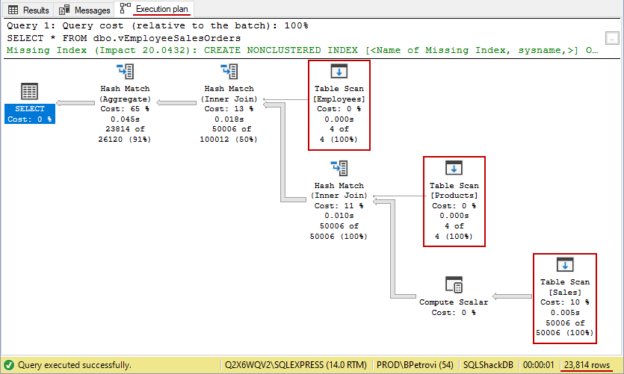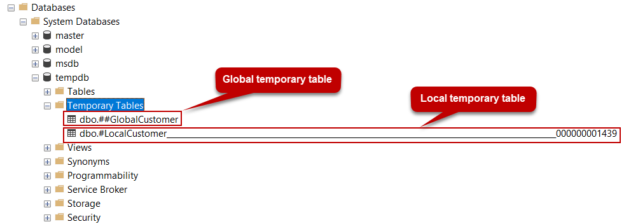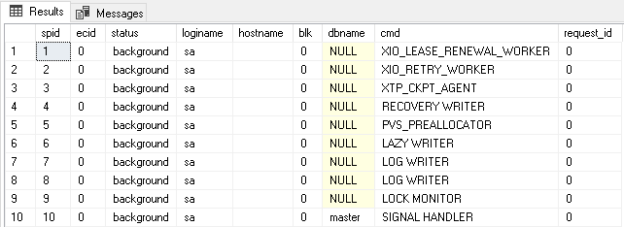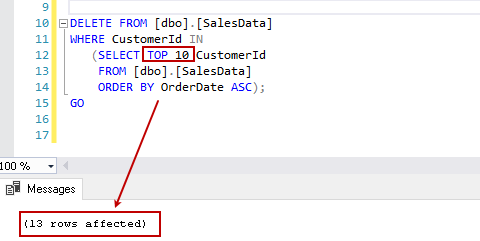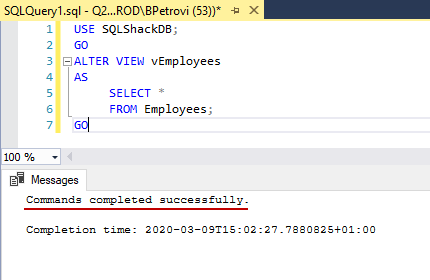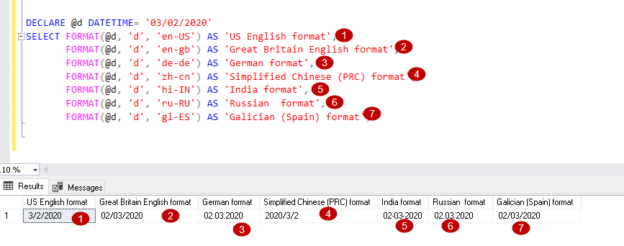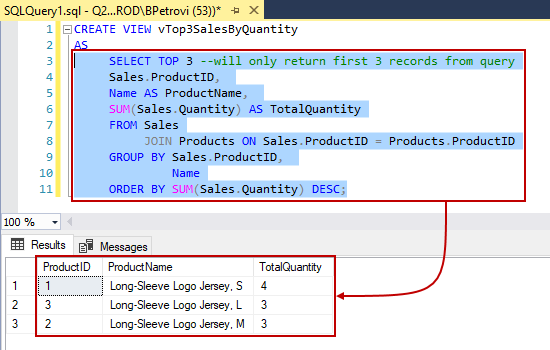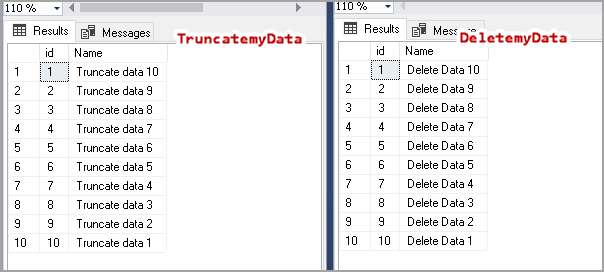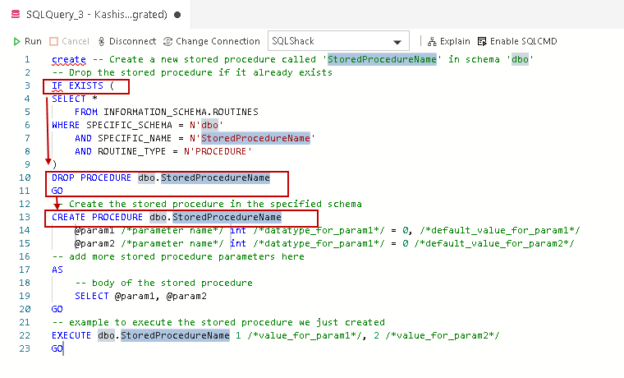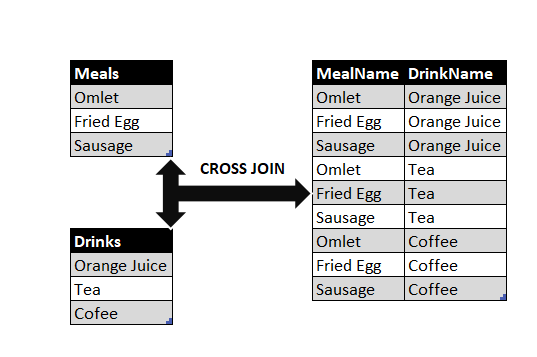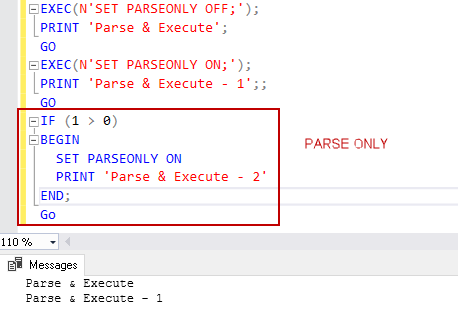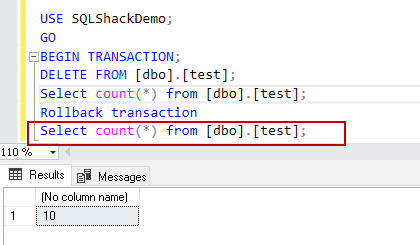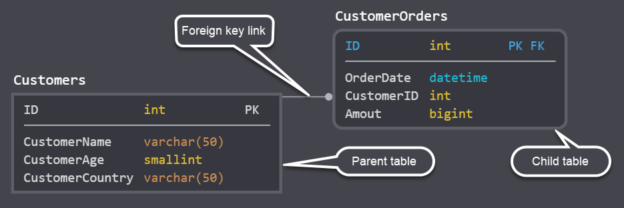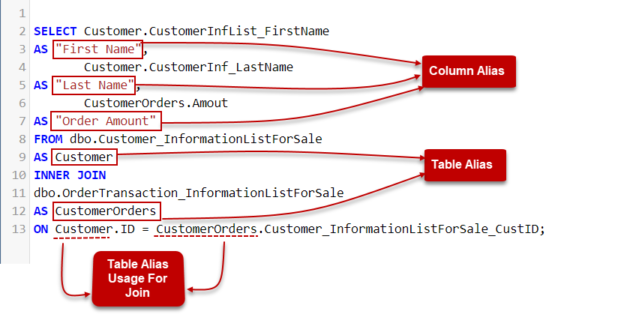In my career, I’ve heard many times, things like “How to write a complex SELECT query?”, “Where to start from?” or
“This query looks so complex. How you’ve learned to write such complex queries?”. While I would like to think of myself as of a brilliant mind or genius or add something like “query magician” to my social network profiles, well,
writing complex SQL wouldn’t be the only thing required to do that. Therefore, in this article, I’ll try to cover the “magic” behind writing complex SELECT statements.
Read more »

